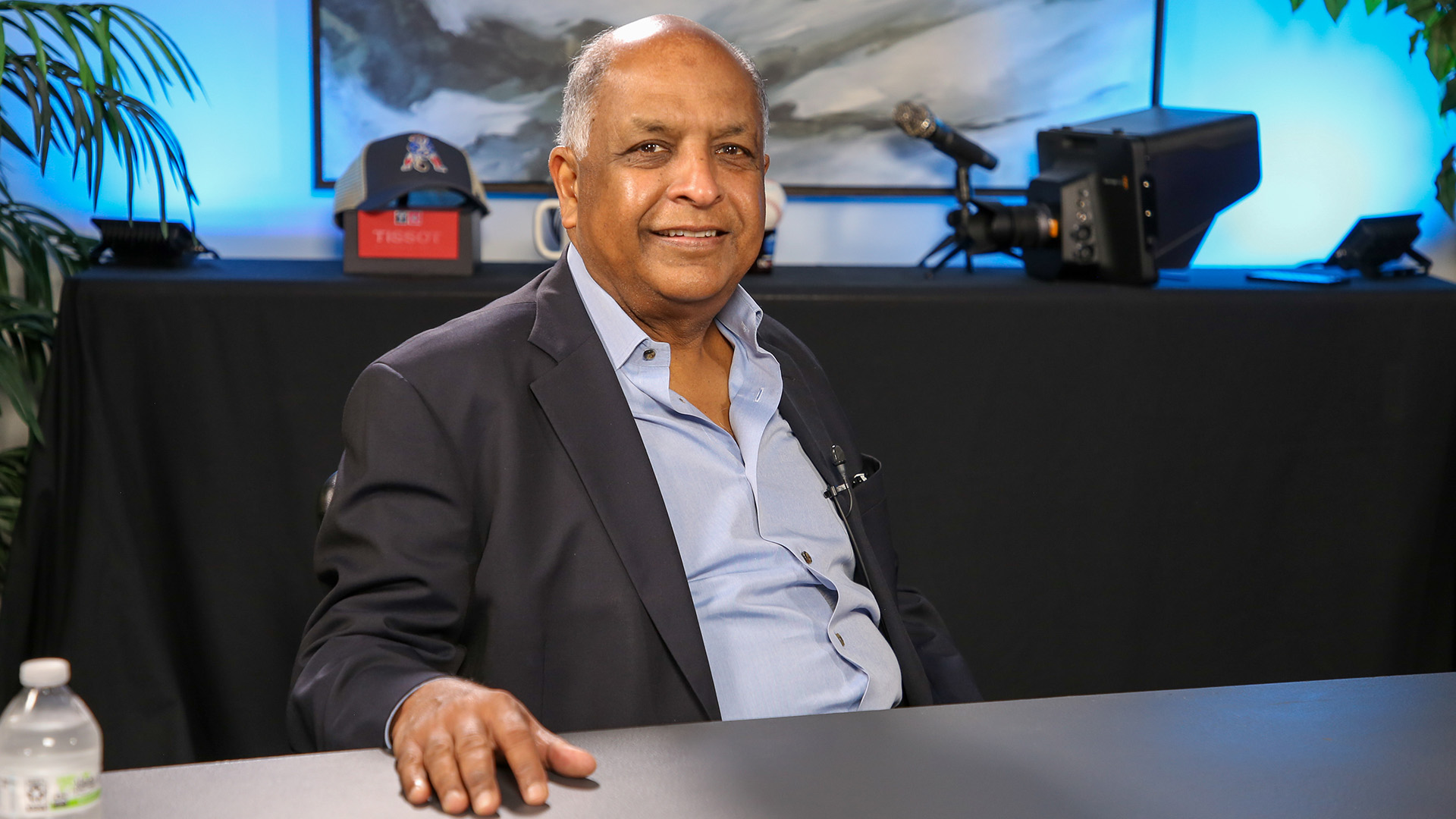 THOUGHT LEADERSHIP
THOUGHT LEADERSHIP
 THOUGHT LEADERSHIP
THOUGHT LEADERSHIP
 THOUGHT LEADERSHIP
THOUGHT LEADERSHIP
Leadership is as much science as it is art. And in the context of C-suite executives, the mandate for effective leadership is magnified.
The 5% rule seeks to eliminate project actualization bottlenecks and proposes that leaders spend deliberate and concentrated time with other team members at the start of a project to make key decisions.
“The way I define that is more strategy-driven execution versus execution-driven strategy,” said Anil Singhal (pictured), co-founder and chief executive officer of NetScout Systems Inc. “For example, we do this every day in that when we have to go somewhere and we plan for it, we don’t just go to our garage and start driving, we look at the Google Map, we decide depending on where you are, ‘Should I take a train? Should I take an Uber? What time I should drive?’ Sometimes we decide to postpone the trip. All of this takes less than 5% of the total effort before execution, which is going to the destination.”
Singhal spoke with Bob Laliberte, analyst at theCUBE Research, during a recent CUBE Conversation. They discussed Singhal’s book, “The 5% Rule of Leadership,” as well as principles of effective leadership, expounding on a lean approach that emphasizes the importance of early, impactful decision-making and its ripple effect on overall productivity and company culture. (* Disclosure below.)
The 5% rule takes inspiration from the Pareto principle (the 80/20 rule), which states that 20% of efforts produce 80% of results. The principle can be applied again within the 20%, resulting in 5% of the effort driving 95% of the outcomes. The concept is simple but powerful — by investing in the initial decision-making phase, leaders set the stage for smooth execution, avoiding pitfalls later in the process, according to Singhal.
“I believe that micromanagement is not really a leadership style, it’s a necessity,” he said. “If you’re not giving clear direction to your team, you’re not explaining why they’re doing it, you just tell them what to do. You have not established that during the first 5% of the project, you’ll be forced to actually micromanage.”
The 5% Rule allows leaders to give teams autonomy to execute their tasks while creating periodic checkpoints for review. By focusing on the upfront strategy, leaders can avoid getting bogged down in daily operational details. Instead, they enable their teams to take ownership, fostering a culture of trust and responsibility, Singhal added.
“I think there are checkpoints periodically and certainly toward the end and later on, but you’re not consistently involved during the execution phase,” he said. “You’re rarely involved, but that depends on how good a job you do during the 5%. If you just do it for the sake of doing it, you don’t have all the people involved and you don’t drive consensus, you don’t agree on the problem you want to solve and how are you going to abort doing it, then 5% rule will not be successful.”
The 5% Rule doesn’t just streamline decision-making; it also enhances team productivity. This method encourages a lean approach to problem-solving, which has a range of benefits beyond just meeting deadlines.
“It leads to retention, it leads to more collaboration, it makes people more happy about working together,” he said. “There are a lot of other outcomes than just the team productivity. For example, for an R&D project, I have seen the 5% rule actually reduces the lines of code you have to write. So, yeah, that’s a good goal.”
Here’s theCUBE’s complete interview with Anil Singhal:
(* Disclosure: NetScout Systems Inc. sponsored this segment of theCUBE. Neither NetScout nor other sponsors have editorial control over content on theCUBE or SiliconANGLE.)
Support our mission to keep content open and free by engaging with theCUBE community. Join theCUBE’s Alumni Trust Network, where technology leaders connect, share intelligence and create opportunities.
Founded by tech visionaries John Furrier and Dave Vellante, SiliconANGLE Media has built a dynamic ecosystem of industry-leading digital media brands that reach 15+ million elite tech professionals. Our new proprietary theCUBE AI Video Cloud is breaking ground in audience interaction, leveraging theCUBEai.com neural network to help technology companies make data-driven decisions and stay at the forefront of industry conversations.